The building of the first railway on the European continent was started during
King Napoléon's reign. It was stopped shortly for the 1814 and the 1815 wars but was able to continue afterwards under King Louis XVIII since the kingdom managed to avoid having to pay reparations. It was finally achieved and opened in 1817.
This first line joins the cities of
Lyon and Saint-Étienne. For the occasion, the first train station of Lyon, the gare du Bourbonnais, was built. The first trains were dragged by horses and were used to transport
coal from its place of production (Saint-Étienne) to Lyon to be used and sold.
Similar train lines were built in mining regions such as the North of France, especially after the Southern Netherlands and the city of Lille
were conquered by France, making Lille-Paris one of the most important lines in the kingdom. Another important line is the Paris-Lyon-Marseille, which was the occasion to build a new train station in Lyon, the gare Perrache.
Beyond the transport of goods, trains also transport passengers and, in an era of constant wars between France and its neighbours, they have been essential in quickly bringing troops to the border in answer to yet another invasion attempt.
The second goal of the train was moralistic and political by linking "backward region" to the capital and bringing them by force into modernity. Thus, the lines having been developed have been those linking Paris to regional capitals and border towns, as well as linked borders towns together.


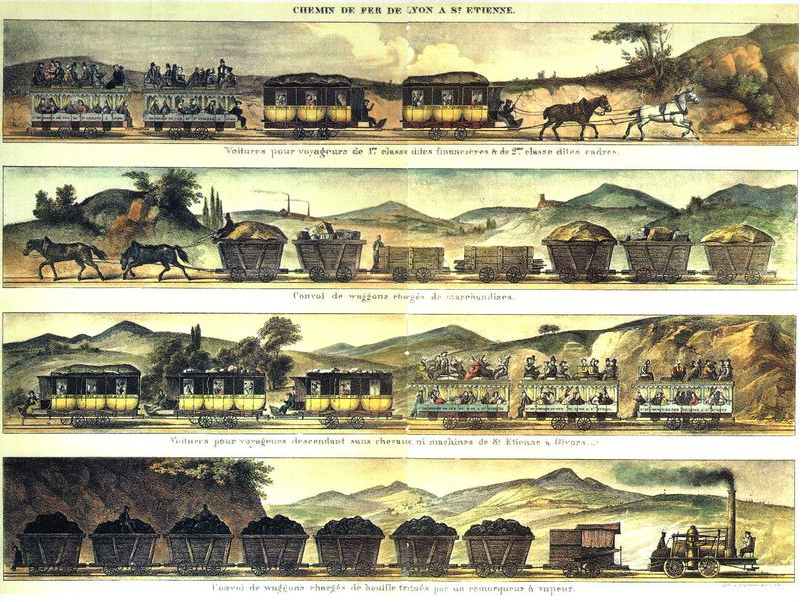
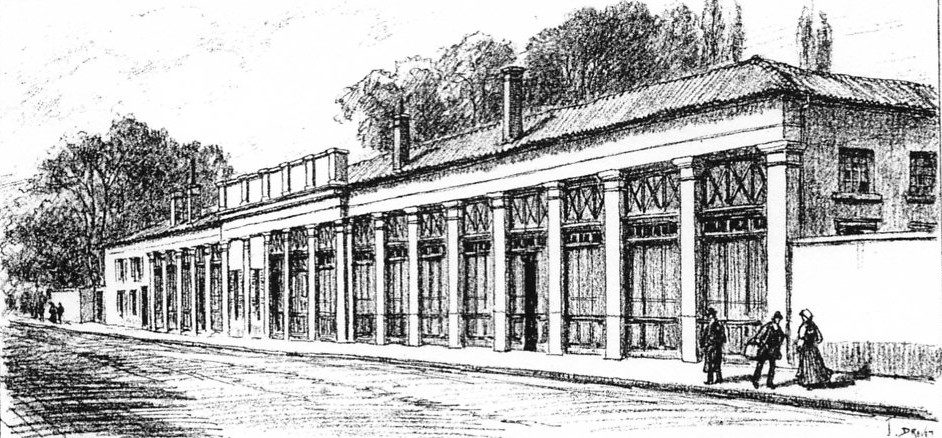
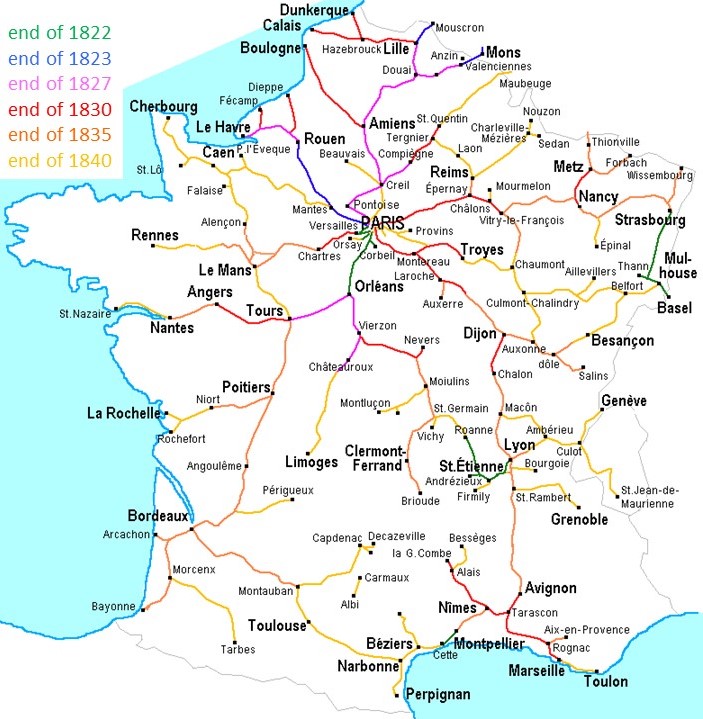
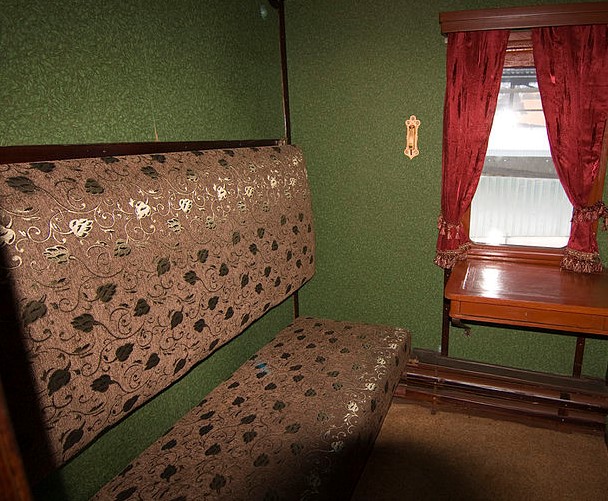
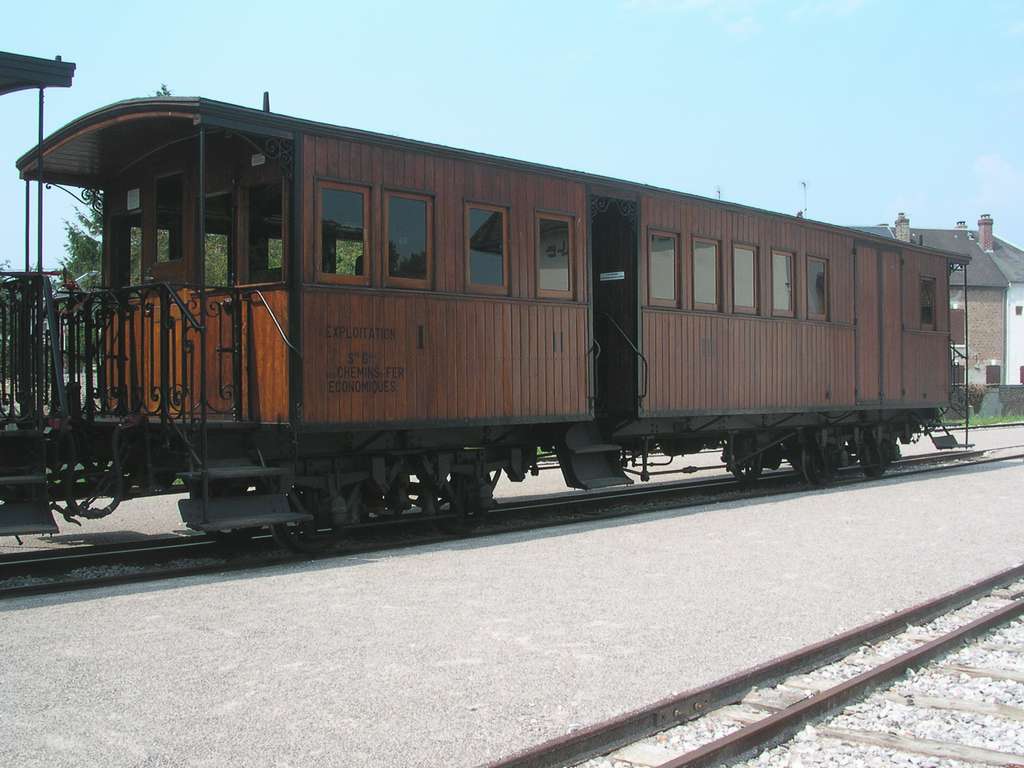
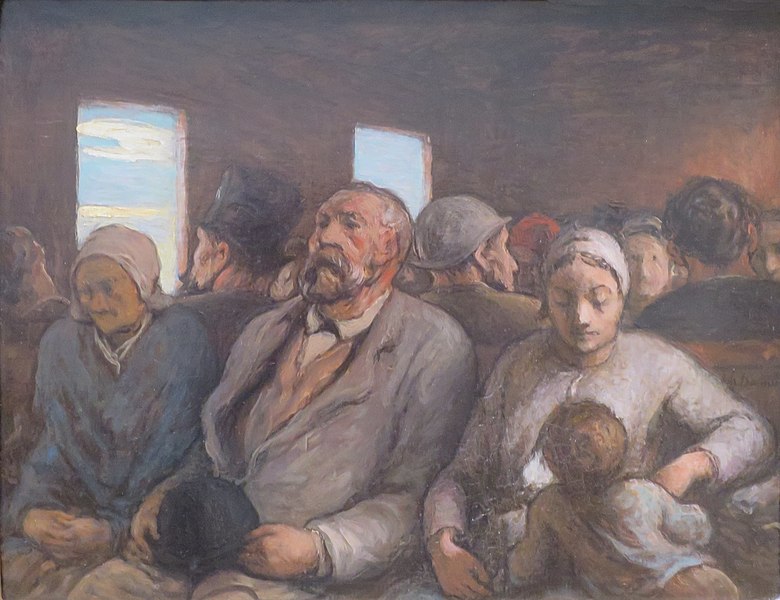


Comments
Author's Notes
Spooktober prompts"Rune" and "glow" by World Anvil
"Something wicked this way comes" by Annie Stein